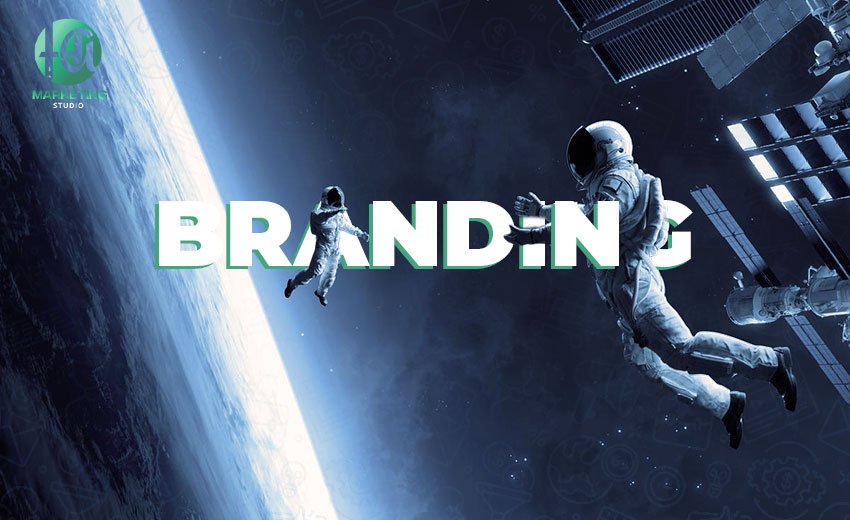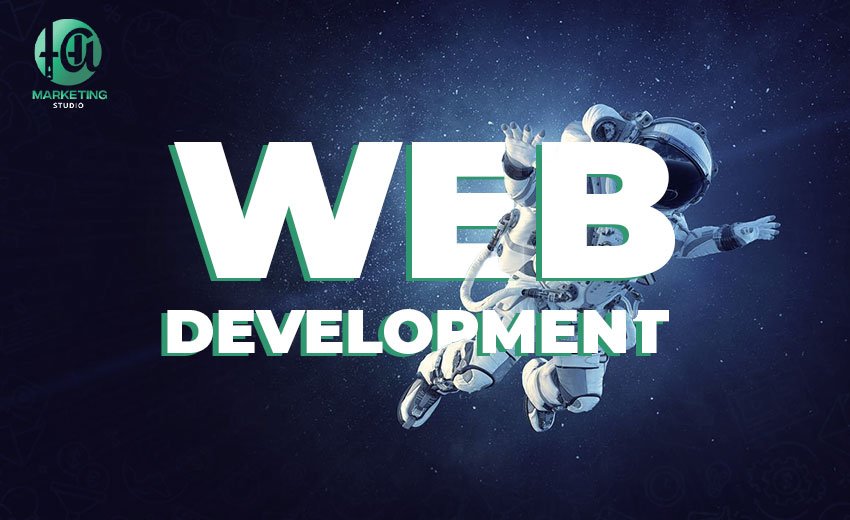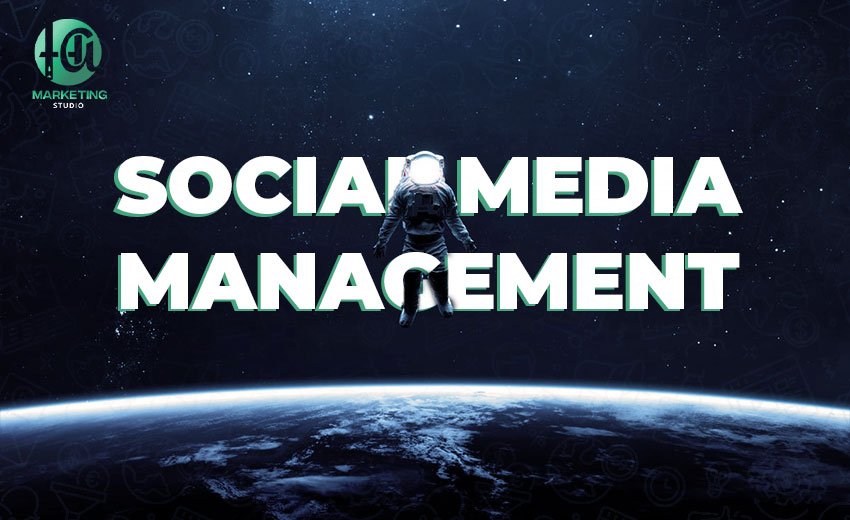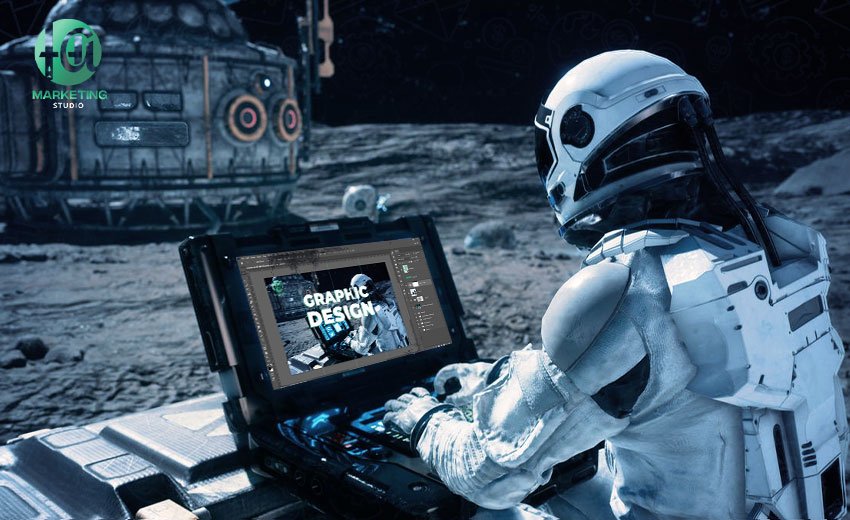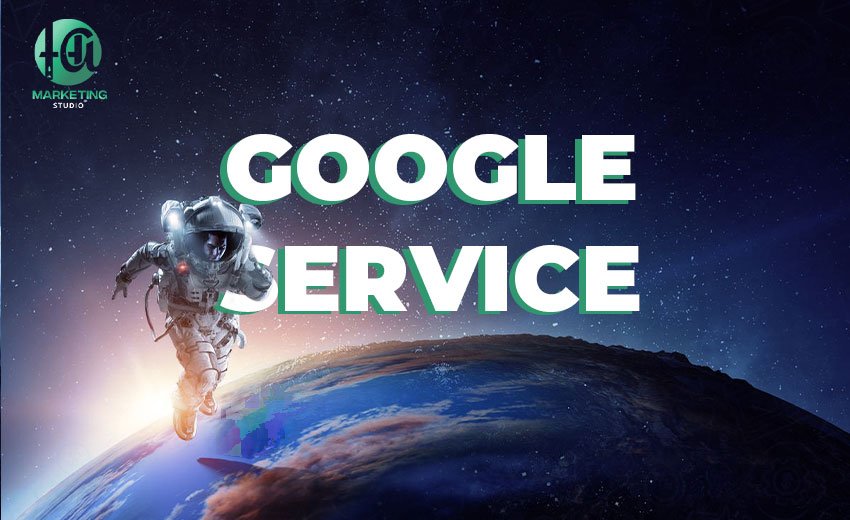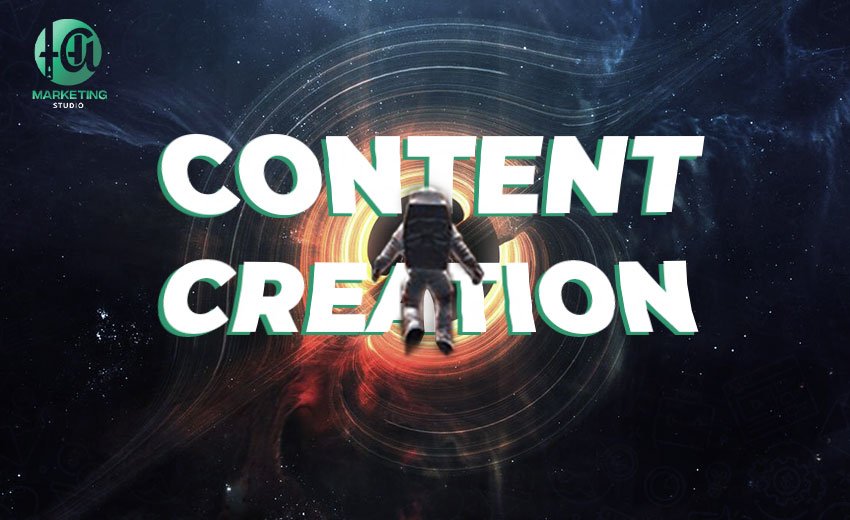Graphic design is a vast field encompassing various specialties and styles. One of the primary distinctions in this field is between 2D (two-dimensional) and 3D (three-dimensional) graphic design.
-Here are the main differences between these two types:
-Dimensions and Perception:
-2D Graphic Design:
– Relies on two dimensions: width and height.
– Used for creating flat images, diagrams, logos, illustrations, and print designs.
– Depth and shadows are represented through techniques like gradient shading, but there is no real third dimension.
– 3D Graphic Design:
– Relies on three dimensions: width, height, and depth.
– Used to create models that can be viewed from different angles, providing a sense of reality and depth.
– Utilized in film, gaming, animation, and architectural design.
-Tools and Software:
-2D Graphic Design:
– Software includes Adobe Photoshop, Adobe Illustrator, CorelDRAW, GIMP.
– Tools involve brushes, move tools, selection tools, and geometric shapes.
– 3D Graphic Design:
– Software includes Autodesk Maya, Blender, 3ds Max, Cinema 4D, ZBrush.
– Tools involve 3D modeling, lighting, texturing, and animation.
-Techniques and Methods:
– 2D Graphic Design:
– Involves hand drawing or digital drawing, photo editing, and coloring.
– Techniques such as gradients, shading, and flat coloring are common.
-3D Graphic Design:
– Involves creating 3D models, adding textures, and setting up lighting and angles.
– Techniques such as modeling, texturing, and animation are fundamental.
-Uses and Applications:
– 2D Graphic Design:
– Used in logo design, brochures, advertisements, infographics, and web design.
– Common in print media and traditional advertising.
– 3D Graphic Design:
– Used in movies and animation, games, virtual simulations, and industrial design.
– Essential in projects requiring realistic simulations and visual depth.
-Complexity and Required Skills:
– 2D Graphic Design:
– Requires skills in drawing, coloring, color theory, and graphic layout.
– Generally less complex than 3D design in terms of technical requirements.
– 3D Graphic Design:
– Requires skills in modeling, deep understanding of light and shadow, and animation.
– More complex and requires extensive knowledge of specialized software and output techniques.
– Conclusion :
2D graphic design and 3D graphic design differ in several key aspects, from the dimensions they use and the tools and techniques they require to their applications and the complexity of skills needed. Each type of design plays an important role in specific fields based on the project requirements. Understanding these differences helps designers choose the right tools and techniques to achieve their goals more effectively.


